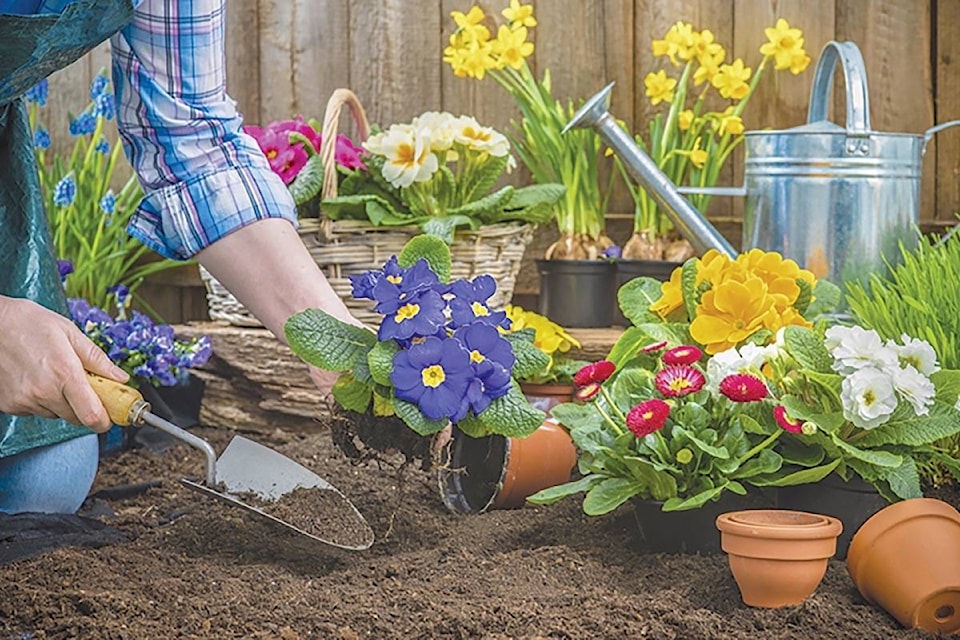Jocelyne Sewell
Morning Star Columnist
This being my first column for 2018, I would like to wish everyone a healthy and very good gardening year.
I have started germinating some seeds to check on their vitality percentage. Just because you have some left over from previous years doesn’t mean they are not good anymore. Most of them will be good for a number of years depending on how they are stored. They have to be kept in a cool place, in the dark and dry. I use the silica gel packets that come in bottles of vitamin pills. Some seeds are kept in paper envelopes and others in small plastic bottles depending on the size of the seeds.
I use shop towels which I cut to size for the foam trays I am using. Place your seeds apart on them and spray with water. Then fold the towel over, spray again and enclose in a plastic bag. Place in a warm place (I do mine over the heat vent on a rack) and check starting the next day. My kale seeds germinated in one day. Lettuce took two days and some tomato seeds after only three days were showing a small root. The fresher the seeds, the faster results will be obtained. Don’t forget to mark them if you are using different varieties as some seeds look alike. With the kale, I used 50 seeds and after three days, I had already planted 45 in small cells. This gives a 90 per cent germination rate and I am sure that I might even get a higher rate.
If you don’t have a garden and have to buy vegetables and fruits during the winter season, they can be expensive. The other problem if you are not buying organic, you have to clean them very well in order to get rid of all the pesticides and chemicals used on them. Some of them you can peel but then you are wasting some of the fiber. The ones that made the list for the dirty dozen shopper’s guide for 2017 included: strawberries, spinach, nectarines, apples, peaches, pears, cherries, grapes, celery, tomatoes, sweet and hot peppers and potatoes.
I was reading about some tests done on cleaning vegetables and fruits. Dr. He and her colleagues used a concentration of about one teaspoon of baking soda per two cups of water. While deeper-penetrating pesticides could be removed by peeling an apple, the researcher said, this would mean missing out on the nutrient-rich skin. SOURCE: bit.ly/2lmj FOC Journal of Agricultural and Food Chemistry, online Oct. 25, 2017. Dr. He’s team used three different cleaning solutions. One with just tap water, one with baking soda and water, and the last one with a Clorox bleach solution, similar to what some factories use to clean fruit.
According to the results, it took about 12 to 15 minutes to completely remove surface residue, and apples washed with the baking soda and water solution had the least amount of pesticides.“Tap water is not that effective, baking soda turns out to be very effective. The penetrated pesticides cannot be easily washed away,” she says. “For the apple peel, it is a two-sided story. Apple peels have lots of good nutrients, but it’s also the place that has the most pesticides.”
From another site on the internet: Dilute 1 Tbsp. apple cider vinegar to 1 cup of water. Add fruit or veggies. Soak and stir for about 5 minutes. Rinse well and dry.
Best of all, grow your own if you can without nasty pesticides.
For more information: 250-558-4556 or jocelynesewell@gmail.com.
